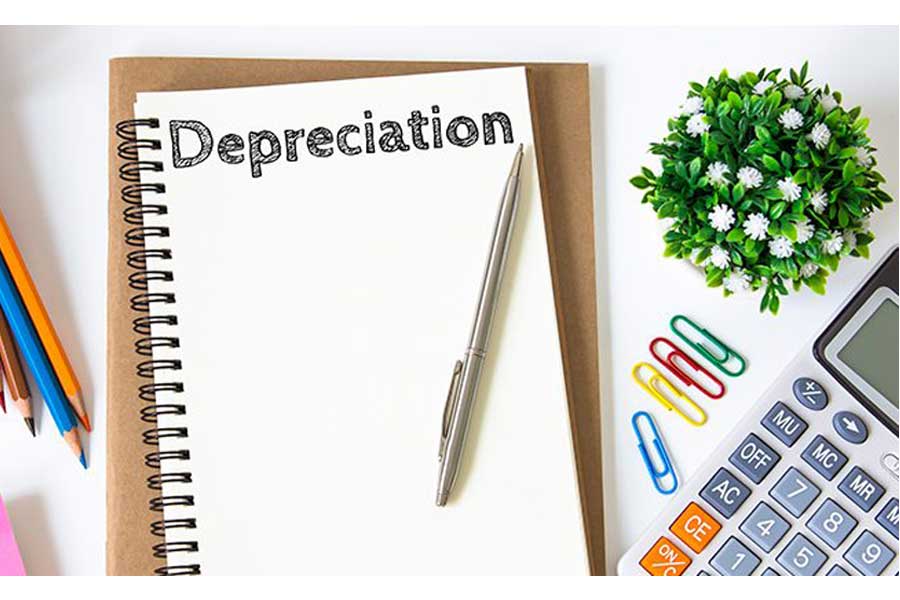Qualified Improvement Property (QIP) is an asset classification for certain property improvements made to the interior of a nonresidential real estate building. The improvements must be installed after the taxpayer placed the building in service and have a 15-year tax life. QIP can be depreciated using both bonus and section 179 depreciation—these methods allow taxpayers to take a larger tax deduction upfront than would be allowed under ordinary depreciation methods.
Key Takeaways:
- QIP refers to interior improvements made to nonresidential real estate—as long as they aren’t made to the structure of the building.
- The depreciation deduction for QIP can generally be taken by landlords, but tenants may be eligible if they are in a capital lease.
- Taxpayers can take a larger deduction upfront for QIP by using bonus and section 179 depreciation.
- The QIP owner may be eligible for an abandonment loss at the end of the lease.
How Qualified Improvement Property Works
The IRS considers an improvement to be something that the taxpayer “manufactures, constructs, or produces” or contractually engages an outside provider to manufacture, construct, or produce.
In addition to being an improvement, qualified improvement property must meet the following criteria:
- The improvement must be made by the taxpayer to an interior portion of a building that is nonresidential real estate.
- The improvement must be installed and in use after the building was first placed in service by the taxpayer taking the deduction.
- A previous tenant’s improvements do not qualify for bonus depreciation or section 179 deductions to the current owner of the QIP.
There are some kinds of property where the classification is not straightforward. Heating, ventilation, and air conditioning (HVAC) and security systems may be eligible for QIP treatment, but they could also be considered part of the framework or building structure, depending on how the systems are connected to the building.
For example, an HVAC system with parts located outside of the building may not fully qualify as QIP. In these cases, the property improvement may have to be further analyzed to determine deductibility. A cost segregation analyst can assist with this kind of analysis.
Qualified Improvement Property Exclusions
- Expenses for building expansion
- Elevators
- Escalators
- Modifications to the building structure or framework
- Residential property
Before the 2017 Tax Cuts & Jobs Act (TCJA), there were three classes of qualified property:
- Qualified restaurant property
- Qualified leasehold improvement property
- Qualified retail improvement property
After the passing of the TCJA, the three classes were consolidated into one class of QIP.
Who Can Take a Qualified Improvement Property Deduction?
The depreciation deduction for QIP is generally taken by the owner of the nonresidential building. If the building is rental property, the deduction can generally be taken by the landlord for improvements to nonresidential property.
However, when the tenant has a capital lease A capital lease is a landlord/tenant arrangement where the tenant has the risks and rewards of ownership during the term of the lease, frequently with the option to purchase the asset at the end of the contract. , the landlord is ineligible for a QIP deduction and the tenant benefits from the depreciation deductions. The terms of the contract dictate whether or not the tenant has capital or a traditional operating lease.
The table below indicates who would be responsible for payment and deductions in various landlord/tenant arrangements within an operating lease.
Who Paid for Improvements | Tax Impact to Tenant | Tax Impact to Landlord |
|---|---|---|
Landlord pays for the full price. | None |
|
Tenant pays for the full price. |
| None |
Landlord gives the tenant a cash allotment (construction allowance) for purchase of improvements. |
|
|
Landlord provides free rent in exchange for tenant-funded tenant improvements. |
|
|
IRS Section 110(a) allows for tenants to exclude from income the receipt of a construction allowance (or rent reduction) when those funds are used for tenant improvements within 8 ½ months after the end of the year the allowance was received. This income exception applies when the property lease is for short-term rentals (15 years or less) of retail space.
The amount is excludable as long as it does not exceed the cost of the improvement. Note that very few rentals are not considered retail. For purposes of this exclusion, non-retail space would include offices for government agencies or tax-exempt organizations that are not operating a trade or business.
Bonus Depreciation for Qualified Improvement Property
Bonus depreciation is a method by which a taxpayer can take a larger deduction for purchased assets than they would be able to deduct using only traditional depreciation methods.
For tax years 2018-2022, 100% bonus depreciation was permitted. Starting in 2023, the allowable percentage of bonus depreciation is being ratably reduced through 2026, as shown below.
Bonus depreciation rates for QIP are as follows:
Year Placed in Service | Percentage of Bonus Depreciation |
|---|---|
2018-2022 | 100% |
2023 | 80% |
2024 | 60% |
2025 | 40% |
2026 | 20% |
Electing out of bonus depreciation is useful for preserving depreciation expense for use in future years when income is expected to be higher. To make this election, you must file an annual statement with IRS Form 4562. The statement must indicate that the taxpayer is electing out of bonus depreciation for all assets in a specific class An asset class is a grouping of assets according to the number of years over which the assets are depreciated. , as opting out of bonus depreciation can’t be done for a single asset—unless it is the only asset in that class.
When a return is timely filed, it may be amended to elect out of bonus depreciation within six months of the original due date of the return. Extensions are not taken into consideration for purposes of this six-month time frame.
An election statement must be filed with IRS Form 4562 stating that the taxpayer is electing out of bonus depreciation for all assets in a specific class. It should also include a notation that the amended return election is being “filed pursuant to section 301.9100-2”.”
QIP that is not subject to bonus or section 179 depreciation is generally depreciated equally over 15 years when depreciated under the Modified Accelerated Cost Recovery System (MACRS), the most commonly used method in the General Depreciation System.
For QIP placed into service by a taxpayer who is required to use the Alternative Depreciation System, QIP not subject to bonus or section 179 depreciation is depreciated over 20 years using straight line depreciation.
Section 179 Depreciation for Qualified Improvement Property
Similar to bonus depreciation, the section 179 deduction is a way for taxpayers to take a larger deduction for purchased assets upfront. Up to $1,220,000 in QIP can be deducted in a single year, and this maximum amount applies to all kinds of property being depreciated by a taxpayer through section 179 in a single year. No separate section 179 deduction limit applies to QIP.
Treatment of Leasehold Improvements at the End of a Lease
When improvements are abandoned at the end of a lease, the ownership of the improvement property reverts to the landlord, who does not have to include these additional assets as income. The tenant may be eligible to take an abandonment loss equal to the amount of basis that has not yet been deducted as depreciation or section 179.
Frequently Asked Questions (FAQs)
A qualified improvement is something that is made or produced by the taxpayer or by an outside provider under the direction of the taxpayer.
For purposes of the QIP deduction, examples of qualified property include interior lighting and electrical systems, plumbing, and interior fire sprinkler systems.
The original law omitted QIP from qualifying for bonus depreciation. This error was officially corrected through the 2020 CARES Act.
Bottom Line
Qualified improvement property include assets with a 15-year tax life that are installed in the interior of a nonresidential building. It may be eligible for both section 179 and bonus depreciation.


